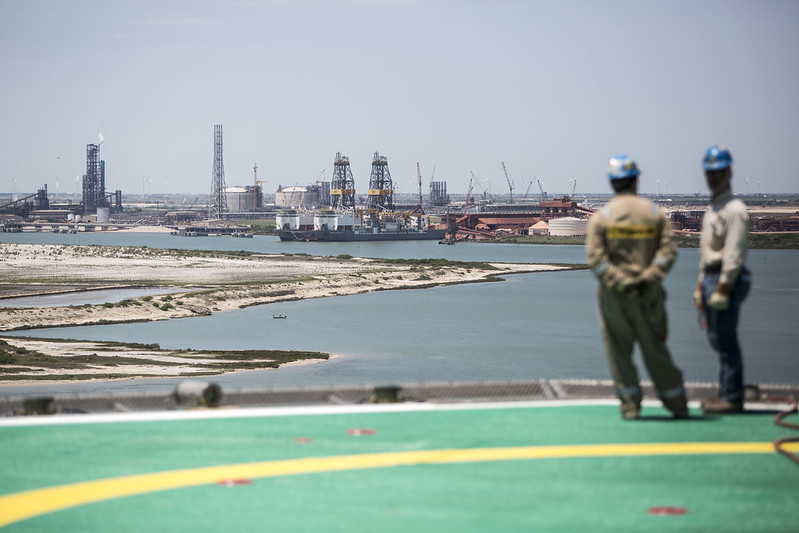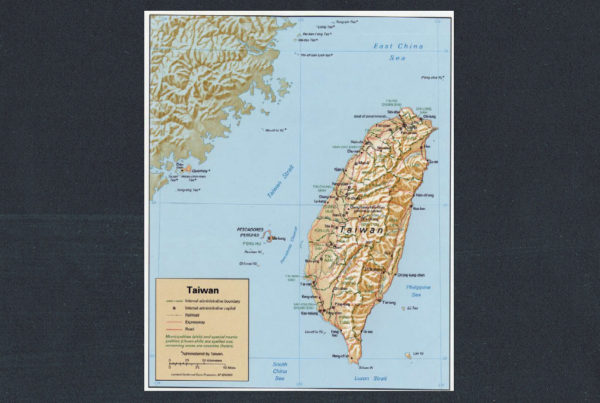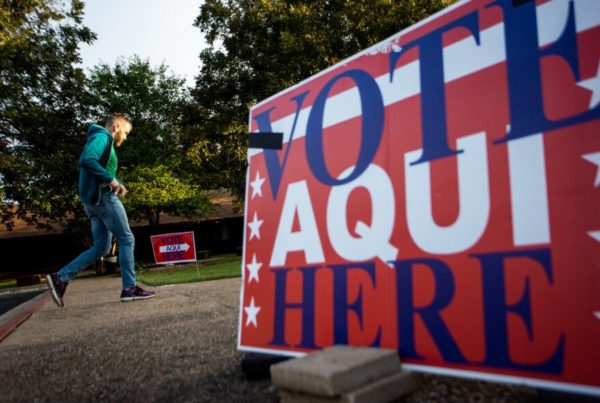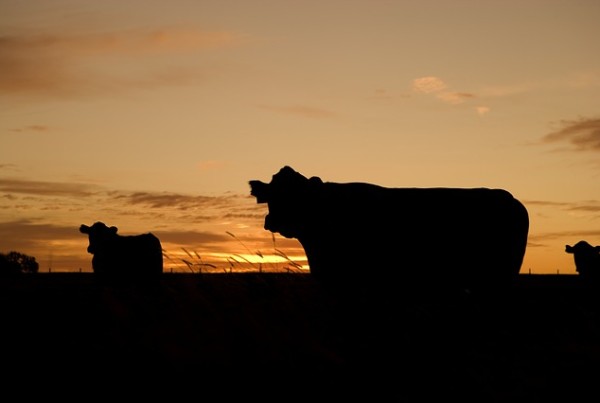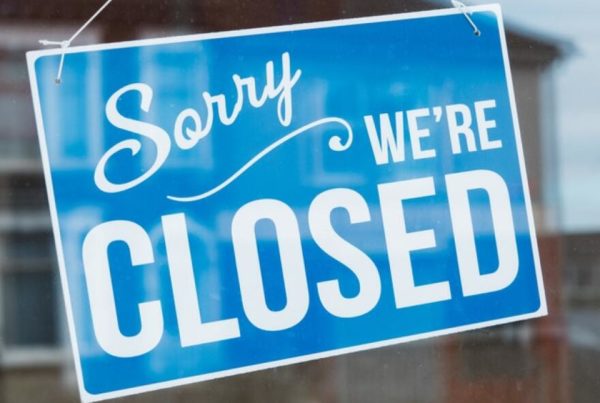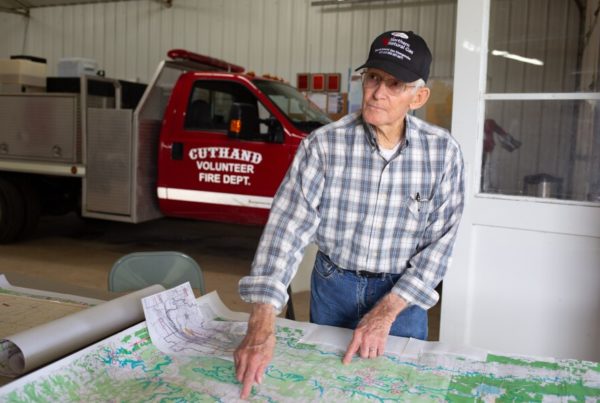When it comes to wind in the Gulf of Mexico, it blows strongest around South Texas. That’s part of the reason the Texas portion of the Gulf Coast could be most attractive to companies interested in soon-to-come offshore leases for wind energy projects. The Biden administration announced plans in October to open such leases in the Gulf.
Houston Chronicle energy reporter Shelby Webb tells Texas Standard the know-how and infrastructure for offshore oil and gas drilling in the Gulf will be helpful in this emerging field. Texas is already a leader in land-based wind energy.
Listen to the interview above or read the transcript below.
This transcript has been edited lightly for clarity:
Texas Standard: In her announcement, Secretary of the Interior Deb Haaland described this as a wind-leasing strategy. What exactly is wind leasing, and do we know what part of the Gulf will be leased?
Shelby Webb: We don’t know what part of the Gulf will be leased yet. Officials with the Department of Interior are starting to look at areas and trying to identify the ones that have the best wind resources and the places that are most feasible to build these things. But wind leasing is somewhat similar to leasing space for oil and gas rigs in the Gulf of Mexico in parts that are owned by the federal government. They basically just designate areas where private companies can come in, create some platforms and set up some wind turbines.
Is there something special about the Texas wind in the Gulf that made us a prime candidate for this?
All along the Gulf, the wind resource is actually strongest around South Texas, sort of closer to Brownsville, Corpus Christi, that area. And [it] weakens substantially when you get closer to the west coast of Florida. However, the wind resource here is not nearly as great as it is offshore in places like the Northeast, the North Baltic Sea or off the coast of California. But the reason that companies are so interested in the Gulf is that we already have such infrastructure here to help support an offshore sort of ecosystem. We have companies here that do everything from anti-corrosion work to workers who have been on and off platforms for years and years working in the oil and gas industry. And that really lends itself to creating sort of this new industry in the Gulf when it comes to wind energy.
Can these wind farms withstand the sorts of hurricanes that we’ve seen in the Gulf over the last several years?
That really remains to be seen. Offshore wind is still such a new technology, it’s not deployed really at scale many other places outside of the North Sea. They’re starting to sort of look into issues with hurricanes over in the South Pacific – it hasn’t had too much of a stress test there yet. But it’s definitely something that engineers and designers are looking at and trying to keep an eye on as they’re looking at operating in the Gulf. But even with wind turbines on land, you have one that gets hit by a tornado and nine out of 10 times it suffers catastrophic damage that has to be covered by insurance. So it really remains to be seen how resilient they will be, especially as the Gulf becomes subject to more and more intense storms, as we’ve seen over the past decade or so.
Any calculations you’re aware of when it comes to climate or environmental impact?
That’s something the Department of the Interior is looking at now. Obviously anywhere you go, there’s going to be some concerns. They’ve worked through quite a few with one of the only two offshore wind projects that exist in the United States right now off Block Island in Rhode Island. It’s going to involve meeting with ecologists and local fisher people and even folks who work in the oil and gas industry in the offshore industry to see how we can sort of make everything fit together without really causing too much environmental impact or impact to other industries and that sort of thing.
How do people in the Gulf seem to be responding to this announcement?
Texas is actually No. 2 in wind energy, but that comes from everything that’s sort of on land in the Panhandle in the West. But at least from the folks that have been emailing me and the other folks I’ve been talking to, people seem pretty excited about it. It’s not a bad opportunity to create more jobs, and especially as our current administration and some other folks are really looking at accelerating the energy transition to more renewable resource, this could be a pretty easy way for folks to sort of make the switch over. And, even if not, it’s a job creator.
Any hard numbers on how many jobs might actually be created in Texas as a result of this?
No, just because they’re probably not even going to start building any of these projects until maybe 2023. So there’s still quite a few processes to go through before any of this gets off the land. So we’re not entirely sure how much of a boon this would be for local economies.


